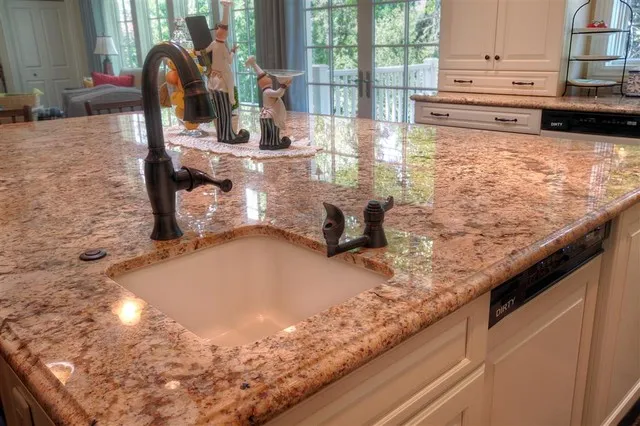Transforming your kitchen into a tranquil oasis is now easier than ever with fountain kitchen decor. Beyond its aesthetic appeal, a kitchen fountain can introduce a sense of calm and sophistication, while also offering practical benefits. This guide explores five stunning design ideas to help you integrate a fountain into your kitchen, enhancing both its beauty and functionality. Discover how to choose the perfect fountain, integrate it seamlessly into your existing design, and maintain its pristine condition, bringing a touch of serenity to the heart of your home.
Choosing the Right Fountain for Your Kitchen
Selecting the ideal fountain involves careful consideration of your kitchen’s size, style, and your personal preferences. The size of the fountain should be proportionate to your kitchen space; a large kitchen can accommodate a more elaborate fountain, while a smaller kitchen may be better suited to a compact design. Think about the overall aesthetic of your kitchen—is it modern, traditional, or something in between? Your fountain should complement, not clash, with the existing decor. Consider the maintenance requirements; some materials are easier to clean and maintain than others, which is crucial for a kitchen environment. Finally, budget is an important factor; prices vary widely based on material, size, and complexity of design, so setting a budget upfront can help narrow down your choices.
Fountain Materials and Styles
The material and style of your fountain will significantly influence its appearance and the overall feel of your kitchen. Each material brings a unique aesthetic and level of durability. From classic to contemporary, the options are plentiful, allowing you to match your fountain perfectly with your kitchen’s existing design. Careful consideration of these factors will ensure that the fountain not only looks beautiful but also stands the test of time in your kitchen.
Stone and Concrete Fountains
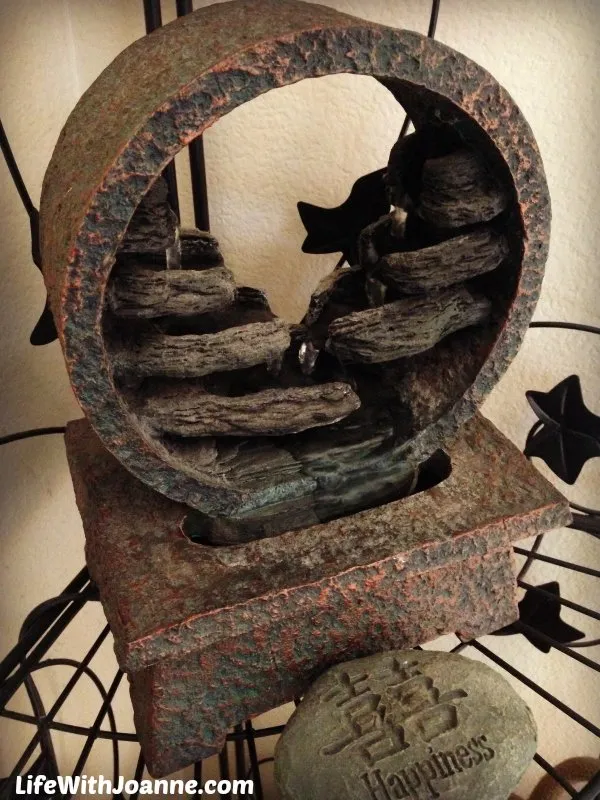
Stone and concrete fountains offer a natural, timeless look, perfect for rustic or traditional kitchens. These materials provide a sense of solidity and can withstand the rigors of a busy kitchen environment. Stone fountains, in particular, bring a unique, organic texture, while concrete fountains often feature modern, minimalist designs. Consider the weight and installation requirements of stone and concrete, as they can be quite heavy and may require professional installation. Regular sealing is essential to protect against water damage and staining, ensuring longevity and maintaining their aesthetic appeal. The variety in stone types, from granite to slate, allows for customization to match various kitchen color schemes and design themes.
Metal and Ceramic Fountains
Metal and ceramic fountains provide sleek, contemporary options for modern kitchens. Metal fountains, such as those made of stainless steel or brushed aluminum, offer a clean, industrial look that complements minimalist designs. Ceramic fountains come in a variety of colors and finishes, allowing for creative expression and seamless integration with any kitchen style. These materials are generally easier to clean and maintain compared to stone or concrete. However, they may be more susceptible to scratches or dents. When choosing metal, ensure it is rust-resistant and suitable for a wet environment. Ceramic fountains should be glazed to prevent water absorption and make cleaning easier. These styles are excellent for adding a touch of elegance and modernity to your kitchen’s decor.
Placement and Installation
The placement of your kitchen fountain is key to maximizing its visual impact and functionality. Carefully consider the location, ensuring it does not obstruct walkways or create hazards. Factors such as access to a power outlet for the pump and ease of water refilling are also important considerations. Proper installation, whether done yourself or by a professional, ensures the fountain operates efficiently and safely. Consider the surrounding surfaces and materials to avoid water damage or other issues. Proper placement transforms your kitchen, creating a serene atmosphere and adding an element of sophistication to your space.
Positioning Your Fountain
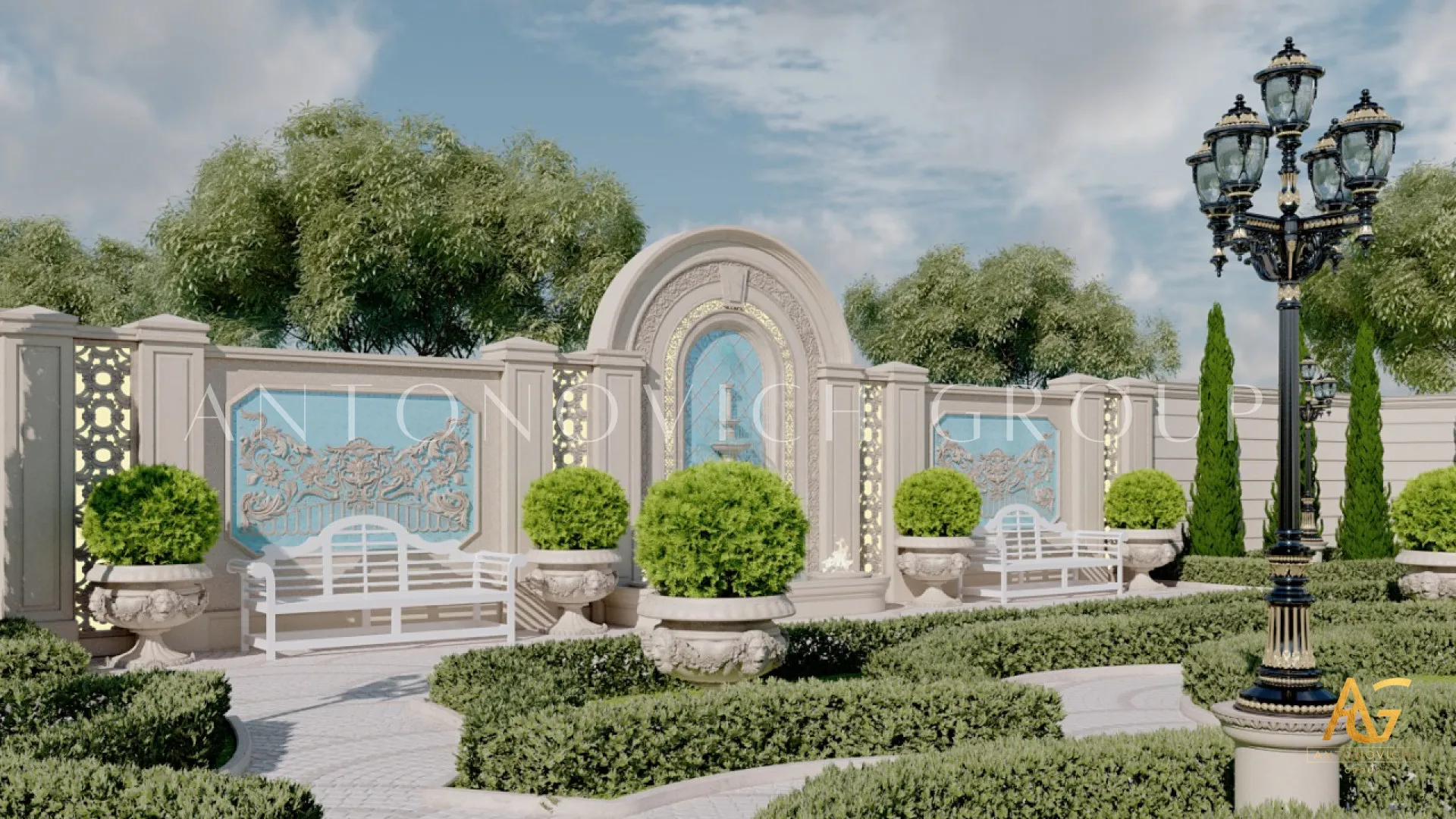
Positioning your fountain strategically can significantly enhance its aesthetic and functional benefits. Consider placing it near a window to benefit from natural light, which will highlight the water’s movement and create a calming effect. Alternatively, a fountain can serve as a focal point on a countertop or island, becoming the centerpiece of your kitchen. Ensure the placement doesn’t interfere with daily activities like cooking or cleaning. Choose a location that’s easily accessible for maintenance and refilling the water. Remember to consider the sound—a gently flowing fountain can be soothing, but a noisy one might be disruptive. The right position makes all the difference in your kitchen’s ambiance.
Installation and Maintenance
Installation can range from simple plug-and-play setups to more complex installations involving plumbing and electrical work. For smaller, self-contained fountains, installation may be straightforward. However, larger or more intricate designs may require professional assistance to ensure proper functionality and safety. Regular maintenance is crucial to keep your fountain in top condition. This includes cleaning the fountain regularly, replacing the water, and inspecting the pump and other components. Follow the manufacturer’s instructions for cleaning and maintenance. Proper care not only preserves the beauty of your fountain but also prevents the buildup of bacteria and algae, ensuring clean and healthy water. Regular checks can help detect and address issues early, prolonging the life of your fountain.
Integrating Fountains into Your Kitchen Design
Integrating a fountain into your kitchen design is about creating a harmonious blend of aesthetics and functionality. This requires careful consideration of your existing kitchen style, color palette, and the specific design elements. Choose a fountain that complements the overall theme, whether it’s modern, traditional, or eclectic. Consider the materials, shapes, and sizes, making sure they align with the other design features. Integrating a fountain means more than just adding a water feature; it’s about enhancing the flow and feel of your space, creating a welcoming and visually appealing environment.
Complementing Kitchen Aesthetics
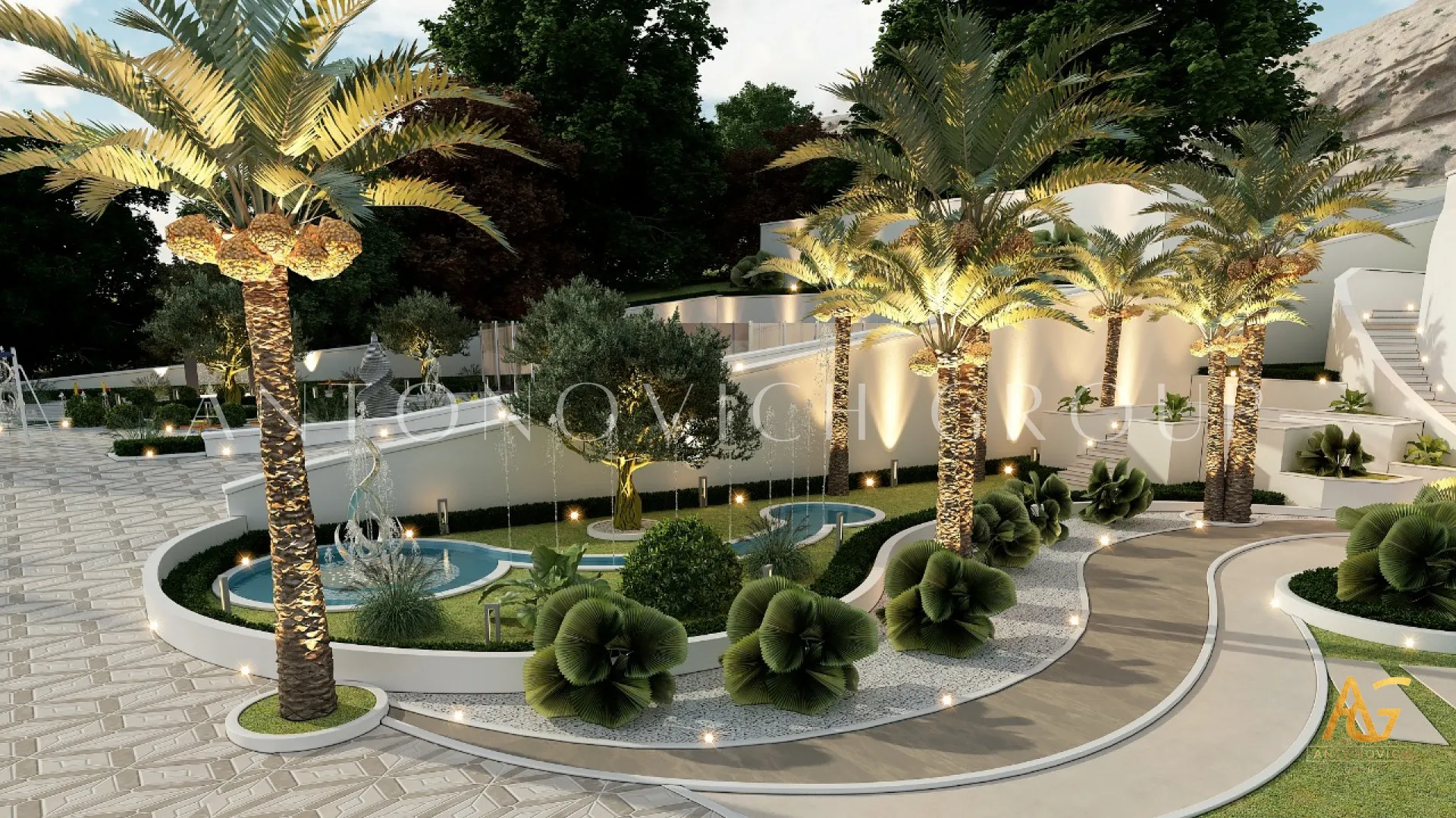
The fountain’s design should harmonize with your existing kitchen decor. For a modern kitchen, a sleek, minimalist fountain made of metal or glass would be ideal. In a traditional kitchen, consider a stone or ceramic fountain with classic lines. Ensure the fountain’s color palette complements your cabinets, countertops, and backsplash. If your kitchen features bold colors, opt for a fountain with neutral tones. If your kitchen has neutral tones, you can use a fountain as a focal point with a pop of color or a unique design. Consider the texture of the fountain materials; rough textures can contrast well with smooth surfaces, and vice versa. The goal is to create a cohesive and visually appealing space.
Modern and Minimalist Designs
Modern and minimalist kitchens benefit from fountains that echo the same design principles. Look for fountains with clean lines, simple shapes, and a focus on functionality. Materials like stainless steel, brushed aluminum, glass, and smooth concrete are excellent choices. The fountain’s design should be unobtrusive, blending seamlessly into the environment. Opt for a fountain that is compact and does not overwhelm the space. Ensure the fountain integrates technology elements, such as concealed pumps and built-in lighting. The goal is to create a serene and uncluttered atmosphere. A well-chosen fountain adds a touch of elegance without disrupting the sleek aesthetic.
Rustic and Traditional Kitchens
Rustic and traditional kitchens can be beautifully enhanced with fountains that embrace natural materials and classic designs. Consider fountains made from stone, terracotta, or ceramic with intricate details. Look for designs that incorporate natural elements such as pebbles or small plants. A fountain with a tiered design can create a focal point, adding depth and visual interest. The fountain should blend with the warmth and character of a rustic or traditional kitchen. Choose a style that complements the existing decor, such as a stone fountain with a weathered finish. The goal is to create a space that feels warm, inviting, and connected to nature. It adds a touch of timeless beauty and enhances the overall charm of your kitchen.
The Benefits of Fountain Kitchen Decor
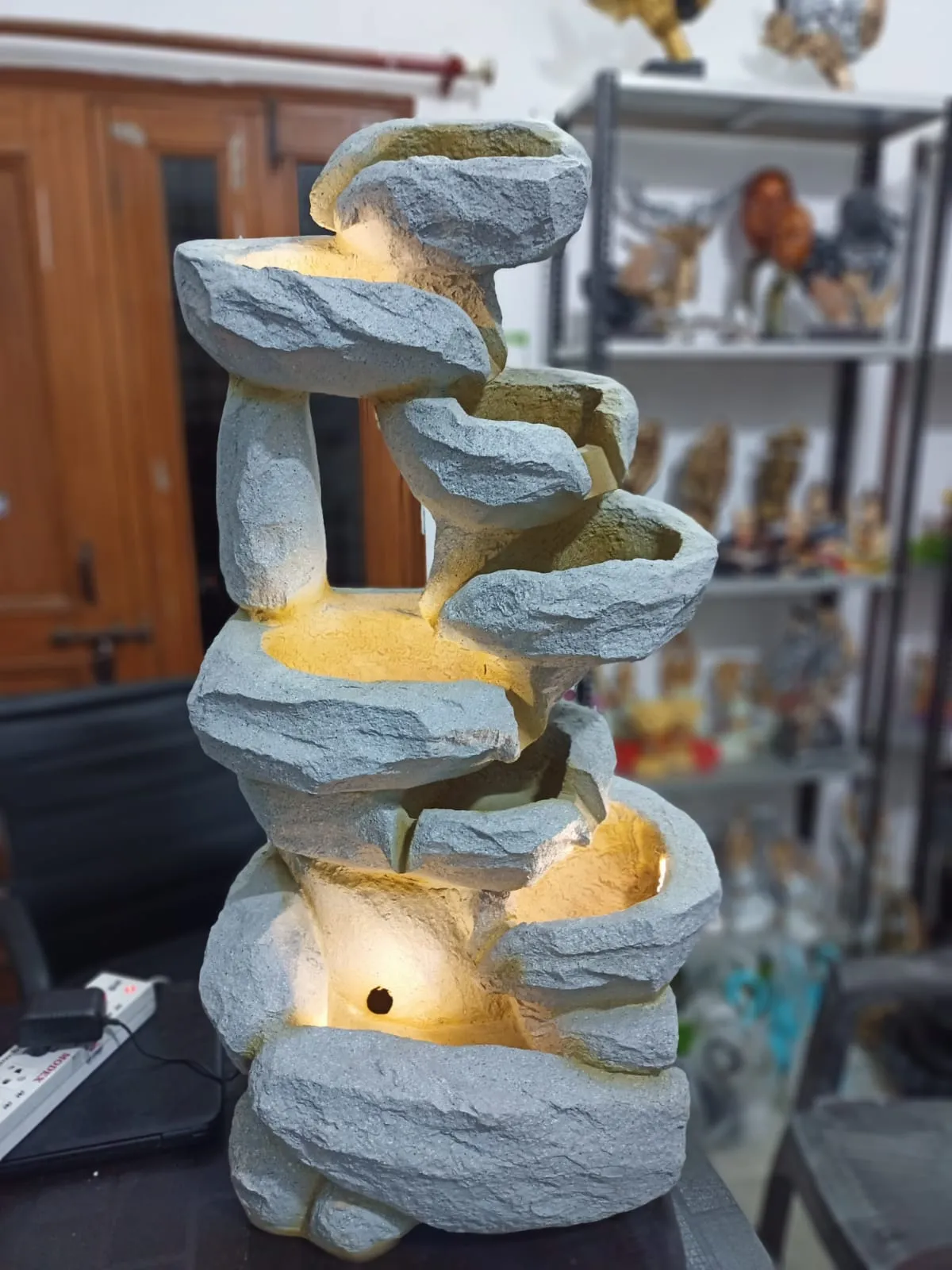
Adding a fountain to your kitchen provides several benefits beyond aesthetics. It can transform your kitchen into a more relaxing and inviting space, improving air quality, and adding a unique visual element. The gentle sound of flowing water can reduce stress and promote a sense of calm, which is especially beneficial in a busy kitchen environment. By understanding these benefits, you can better appreciate how a fountain can improve your daily life.
Creating a Relaxing Ambiance
One of the most significant benefits of fountain kitchen decor is the creation of a relaxing ambiance. The gentle sound of flowing water has a natural calming effect, reducing stress and promoting tranquility. This can be particularly beneficial in the kitchen, which often serves as a central hub of activity and can be a source of stress during meal preparation or entertaining. A well-placed fountain can transform the space into a serene oasis, making the kitchen a more pleasant place to spend time. The soft sound of water creates a comforting background noise, enhancing relaxation.
Improving Air Quality
Kitchen fountains can also improve air quality by humidifying the air, which is especially beneficial in dry climates or during the winter months. The water evaporating from the fountain adds moisture to the air, helping to alleviate dry skin, scratchy throats, and other discomforts associated with low humidity. Moreover, the constant circulation of water can help to trap dust particles and other airborne pollutants, leading to cleaner air. This is especially helpful in a kitchen where cooking can generate odors and particles. In essence, a kitchen fountain not only beautifies your space but also contributes to a healthier environment.
Adding Visual Interest
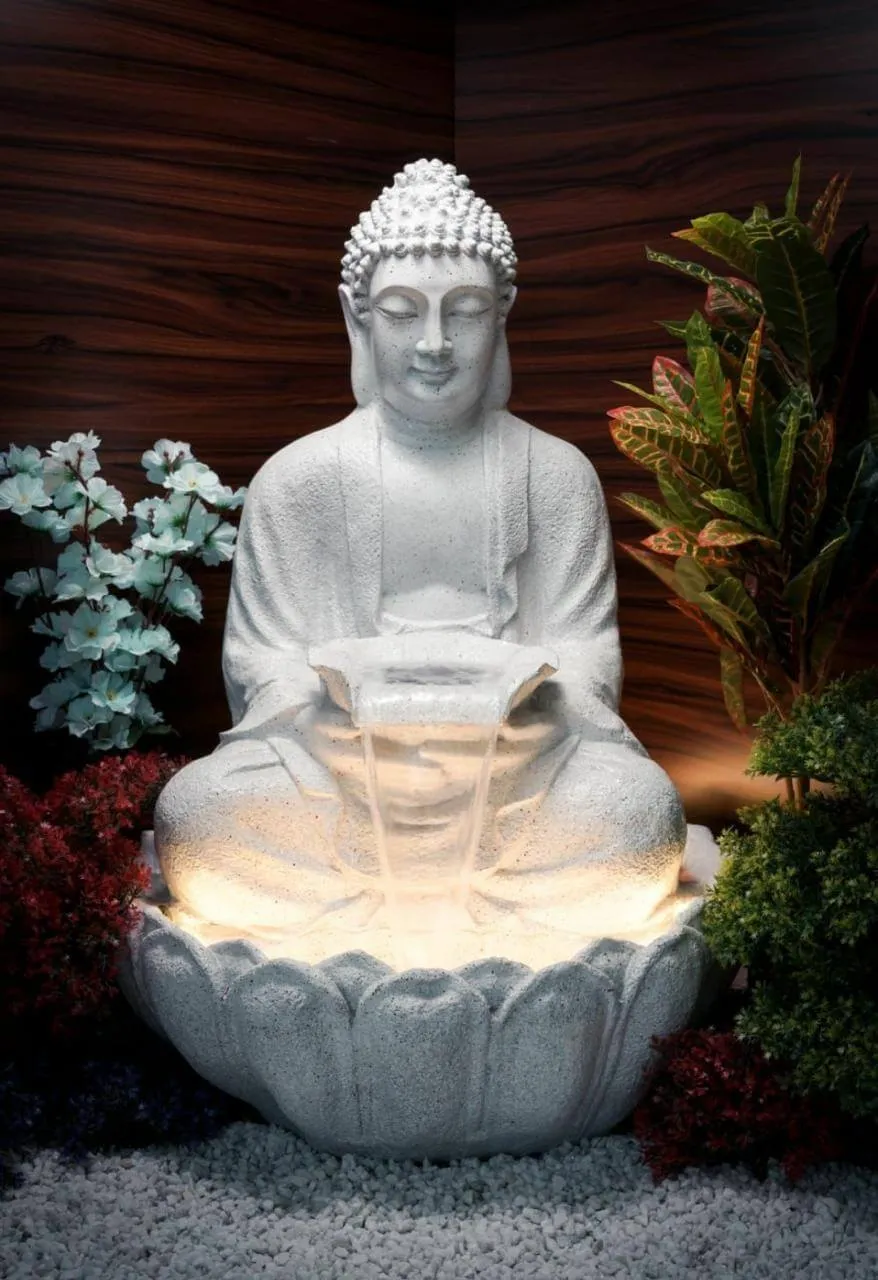
A kitchen fountain provides a unique visual element, adding a focal point that draws the eye and enhances the overall aesthetic of the space. The interplay of water, light, and the fountain’s design can create a dynamic and captivating visual display. Whether you choose a minimalist design or a more elaborate one, a fountain can add character and personality to your kitchen. The movement of the water, the reflections, and the choice of materials contribute to the visual interest, creating a more engaging and aesthetically pleasing environment. It elevates the kitchen from a functional space to a visually interesting and inviting area.
Maintaining and Caring for Your Kitchen Fountain
Proper maintenance is key to ensuring your kitchen fountain remains beautiful and functional for years to come. Regular cleaning, water quality management, and seasonal preparations are all crucial aspects of fountain care. Following these maintenance tips will help keep your fountain in excellent condition, prolonging its lifespan and enhancing the overall appeal of your kitchen decor.
Cleaning and Water Quality
Regular cleaning is essential to prevent algae growth, mineral buildup, and maintain the fountain’s aesthetic. Clean your fountain regularly, typically every few weeks, depending on the type of fountain and water conditions. Use a mild, non-abrasive cleaner and a soft cloth to wipe down the fountain’s surfaces. Replace the water regularly, ideally every week or two, to keep it fresh and prevent the accumulation of debris. Consider using distilled water or a water treatment solution to minimize mineral buildup and keep the water clean. Clean the pump and filter periodically to ensure efficient operation, following the manufacturer’s instructions. Regular cleaning not only keeps your fountain looking its best but also ensures the water remains hygienic and healthy for your home environment.
Winterizing Your Fountain
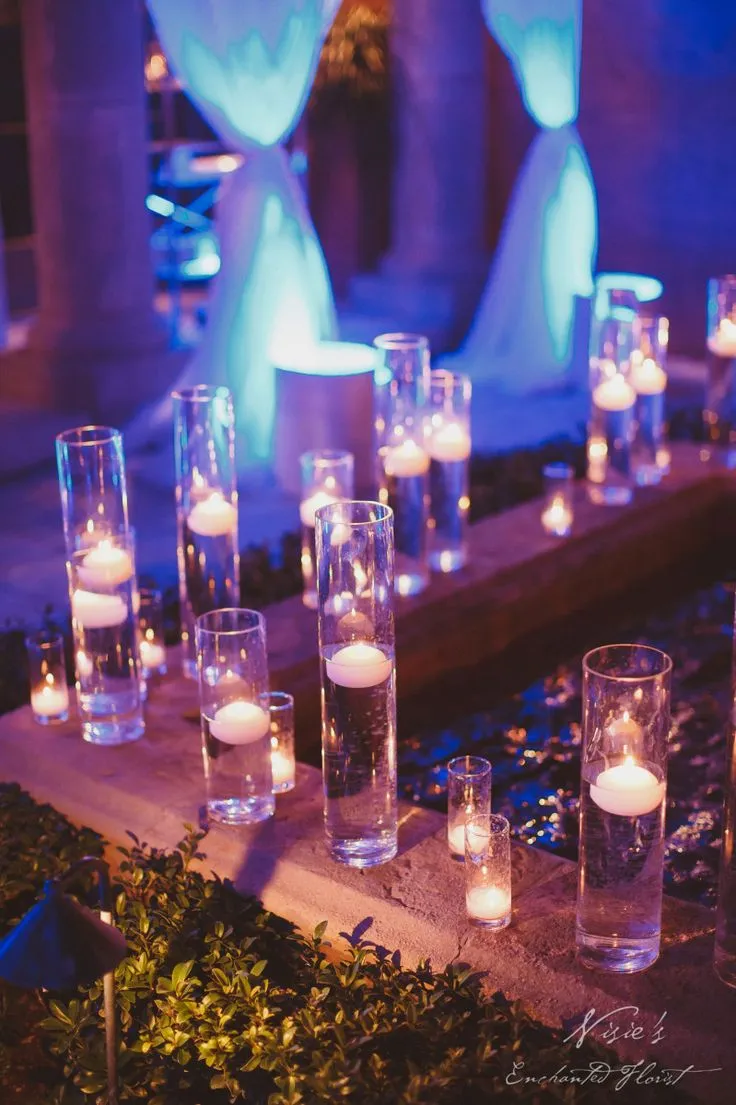
If you live in a climate with freezing temperatures, winterizing your kitchen fountain is crucial to prevent damage. Drain the water completely before temperatures drop below freezing to prevent ice formation, which can crack the fountain. Disconnect the pump and store it indoors to protect it from the cold. Clean the fountain thoroughly before storing it to prevent any residue from freezing. If possible, move the fountain indoors during the winter months. If that isn’t feasible, cover it with a waterproof material to protect it from the elements. These steps will help ensure that your fountain is ready to use again when warmer weather arrives.
Incorporating fountain kitchen decor is a simple yet effective way to transform your kitchen into a haven of tranquility and style. By carefully selecting the right fountain, integrating it seamlessly into your design, and maintaining it properly, you can enjoy the many benefits it offers, from improved air quality and a more relaxing ambiance to a visually stunning centerpiece. Embrace these design ideas and tips to create a kitchen that reflects your personality and enhances your daily life. Welcome the serenity of flowing water into your home, and watch your kitchen become the heart of peace and beauty.
